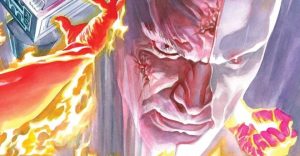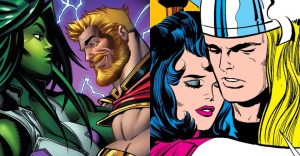Pokémon: 10 Best Evolutions Added In Later Generations

Evolution is one of the core aspects of any Pokémon game. At many points throughout the history of the franchise, certain Pokémon have received evolutions in generations that came after the games that had initially introduced them. Some of these new Pokémon do not drastically affect the evolution line, being quite underwhelming. Others, however, represent dramatic improvements.
This could be for several reasons such as the new Pokémon’s boosted stats, fascinating design, new typing, etc. These types of evolutions will likely continue as the franchise moves forward. This is because many Pokémon of this sort quickly become fan favorites, and rightfully so.
10 Crobat
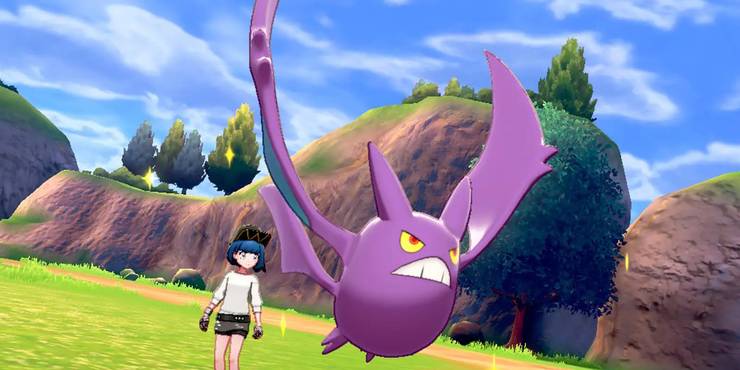
In Generation I, Golbat was a middle-tier Pokémon that could fill a team if necessary, but it was never the best option late in the game. Generation II gave this line a much-needed upgrade, allowing the Zubat family to shine. Crobat can outspeed many opponents, letting it strike and potentially knock out enemies before they have a chance to touch it. Crobat also has an intimidating design, improving upon the looks of both Zubat and Golbat while honoring the originals. Crobat is now a consistent member of many players’ teams, and this is with good reason.
9 Scizor

Scyther was already a usable Pokémon in Generation I. Its power and speed made it one of the only viable Bug-types in that generation. With the addition of Scizor in Generation II, the Pokémon line received a significant buff. This buff did not come in the form of better stats, as it is up to debate which has the superior stat spread, but rather in its typing. Scizor’s typing of Bug/Steel leaves it vulnerable only to Fire moves. This also gives it access to a Same Type Attack Bonus on some of the most powerful Steel moves in the Pokémon series , like Bullet Punch and Iron Head.
8 Roserade
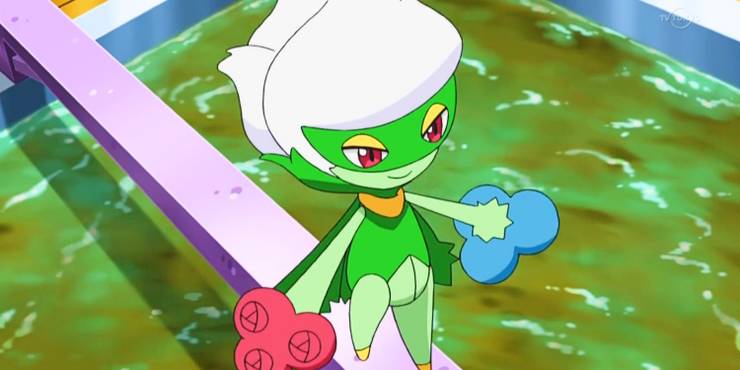
The Roselia line underwent a couple of additions in Generation IV, with Budew as a pre-evolution and Roserade as an evolution. Before this, Roselia was fairly unimpressive. Sporting the common Grass/Poison dual-typing and mediocre stats, Roselia could not compete with many Pokémon with the same typing.
The addition of Roserade provided the evolutionary line with the chance to hold its own and dominate in many matchups. Roserade continues to this day to be a powerhouse of a Grass/Poison-type, and it appears that it will remain as such for the foreseeable future.
7 Mamoswine

One of the many Generation IV evolutions to existing Pokémon, Mamoswine was a welcome addition to the Swinub family. The line was fairly mediocre before Mamoswine’s introduction, with Piloswine falling short of many other Ice-types and Ground-types in the meta. With the new addition, however, this line became highly sought after. Mamoswine has access to some of the most powerful Ice and Ground moves in the series, allowing it to excel in many matchups. It also has decent bulk that lets it take attacks and strike back.
6 Togekiss
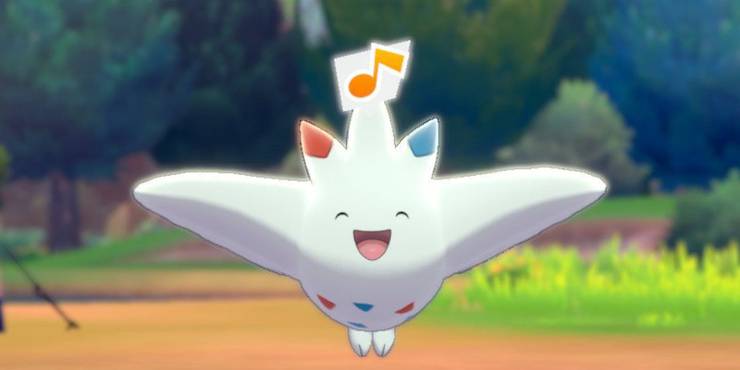
Although Togepi is considered to be one of the cutest Pokémon in the franchise, it was not incredibly viable before Generation IV. Togepi and Togetic have unimpressive stats and at the time did not have the Fairy-type, because it did not exist yet. This limited it significantly, but with the introduction of Togekiss, this line began to find its place in the Pokémon world. Togekiss benefitted even more with the addition of the Fairy-type in Generation VI, even being considered one of the best dual-type Fairy Pokémon. Its status as a dragon slayer is now solidified.
5 Magnezone

Although Magneton was never a top-tier Electric or Steel-type in early games, it was also never a bad choice to use in a playthrough. The addition of the Steel-type in Generation II gave it a resistance to the overpowered Dragon, which helped it greatly. When Magnezone entered the franchise, the line rose to new heights. Magnezone became an incredible utility pick for many playthroughs, resisting many moves with its Steel typing and dealing consistent damage as a capable attacker. When the Fairy-type was added in Generation VI, Steel became even more valuable, being one of the few types to resist it.
4 Rhyperior

Rhyhorn and Rhydon were capable fighters in early generations, but there was always something missing. As one of the best new evolutions introduced in Generation IV, Rhyperior became a standard Ground/Rock-type for players to have on their teams.
Although the Pokémon is bulky, it has several weaknesses. This makes it a situational attacker, with some of the most feared attacks in the franchise. The addition of this powerful Pokémon into the series made this evolutionary line rise from good to incredible.
3 Electivire
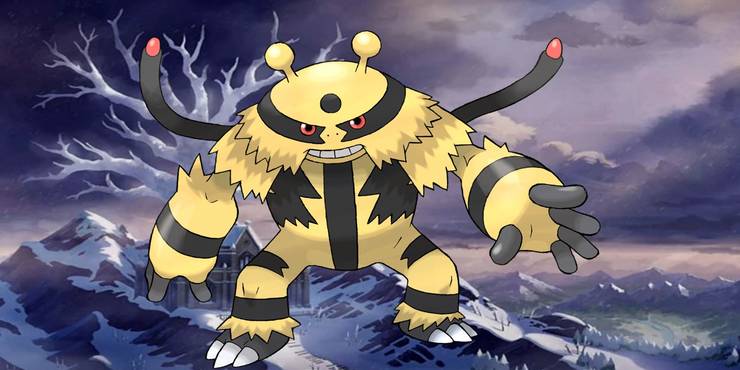
In Generation I, Electabuzz was certainly a capable Pokémon with access to a variety of strong moves. Over time, however, it began to fade from the upper-tier of Electric-types. Generation IV remedied that with Electivire. Still standing as one of the most powerful non-legendary Electric-types in the franchise, this Pokémon can deal out a massive amount of damage in a single attack. Electric is a limiting type due to only being super-effective against a handful of types, but Electivire makes up for it with the amount of power it holds. Only being vulnerable to Ground also helps this Pokémon to be safe against many opponents.
2 Kingdra

The early Horsea line is another example of Pokémon that were decent but never exceptional. This was quickly remedied in Generation II with the addition of Kingdra. Considered by some to be the strongest horse Pokémon in the series, Kingdra does not disappoint. Its Water/Dragon dual-typing allows it to take neutral damage from many moves that would deal super-effective damage to either of its types individually. Its powerful attacks can take down many of its opponents fairly easily, making it a useful and beloved member of many players’ teams.
1 Magmortar

Similar to Electabuzz, Magmar was a reasonable pick for players in early generations. In Generation IV, it was given a significant upgrade with the addition of Magmortar. It functions fairly similarly to Electivire as well, dealing out large amounts of damage in single blows. Unlike Electivire, Magmortar has several vulnerabilities to common types. When given proper matchups, though, Magmortar is an easy pick for players who need a stellar Fire-type. Access to some of the best Fire moves in the series also helps this Pokémon to stand tall against a variety of opponents.













